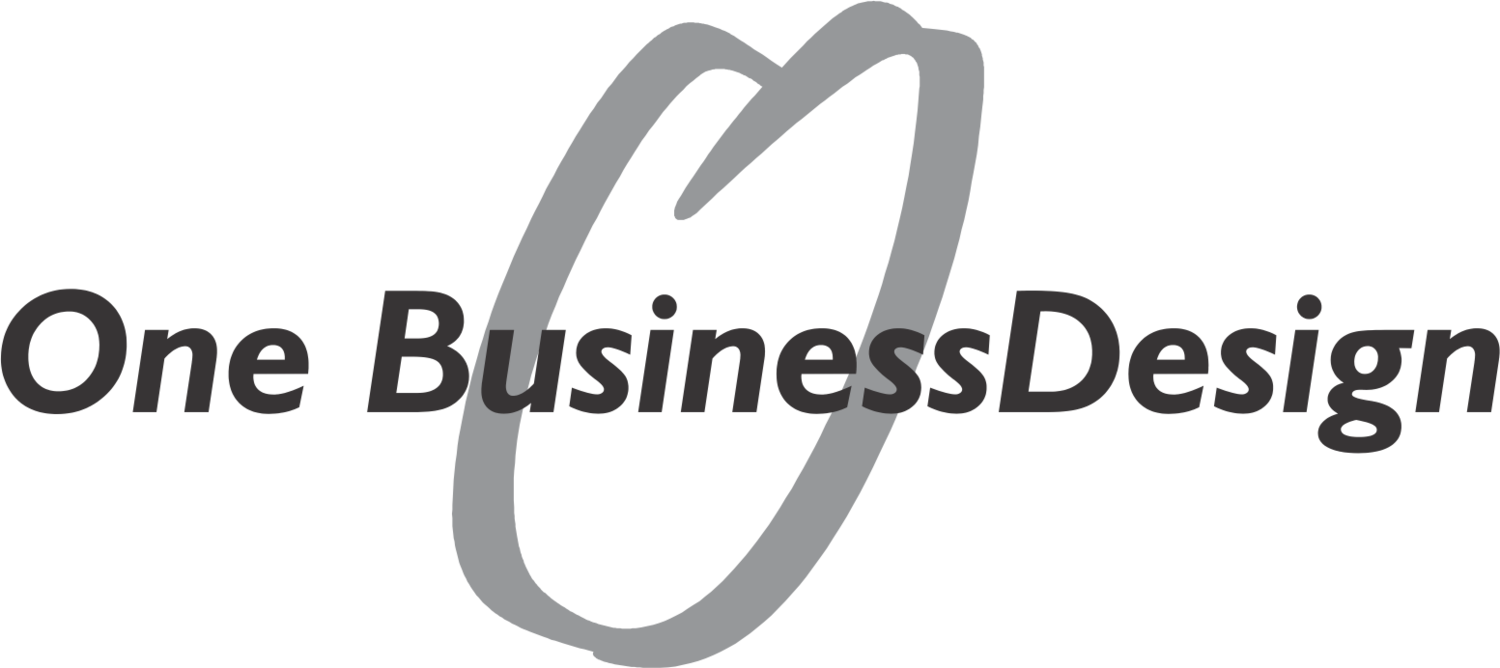Sometimes we use existing tools, sometimes we create tools and sometimes we modify tools. In this case I will be talking about the latter.
A few months ago I was working with Mike Hruska of Problem Solutions http://www.problemsolutions.net to design a new division of a B2B software company. I had a few of my own tools but Mike asked me to include a tool he had been developing called Innovation Building Blocks. This tool is based on the seminal work Ten Types of Innovation http://www.amazon.com/Ten-Types-Innovation-Discipline-Breakthroughs/dp/1118504240/ref=sr_1_1?s=books&ie=UTF8&qid=1444668956&sr=1-1&keywords=ten+types+of+innovation by Larry Keeley of the Doblin Group. The goal is to get a company to look at all facets of their company in order to find innovation. I have always liked it because it reduces a company’s belief that all innovation comes from technology.
From the book, Mike had developed the below poster:
In the act of using this tool I found that the participants were having a hard time dealing with what they do in the present versus what they might do in the future. I have always found designers can move between the present and past quite easily but it seemed that this was not the case for everyone. There needed to be a way for participants to better organize what they do and what they might be able to do in separate buckets. Based on working with this tool I propose the below:
As you can see, the present situation has its own section as well as what could be. In a typical workshop the poster would look like the below:
I also realized there needed to be a way of bringing the present and future together. There needed to be an easy way to document what would be kept and what would be changed. So as you saw from the previous image I use two different colors of post it notes, blue for the current situation and yellow for what could be. These then move to the final column entitles “What will be”. A completed poster is below:
I thank Mike for introducing me to his tool and hope he and others find the modifications useful in organizing a comprehensive business design.












